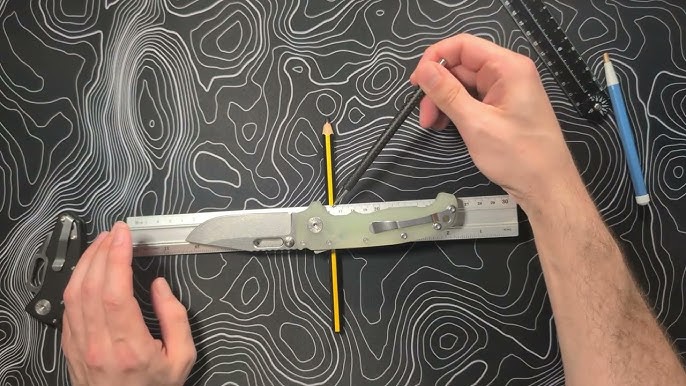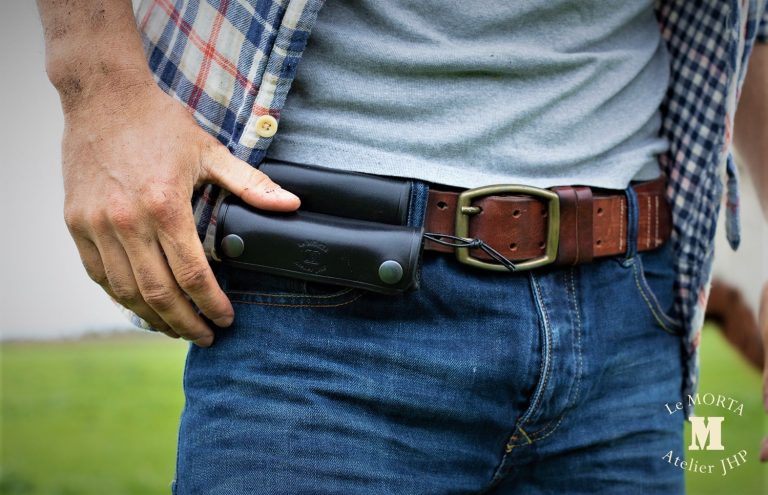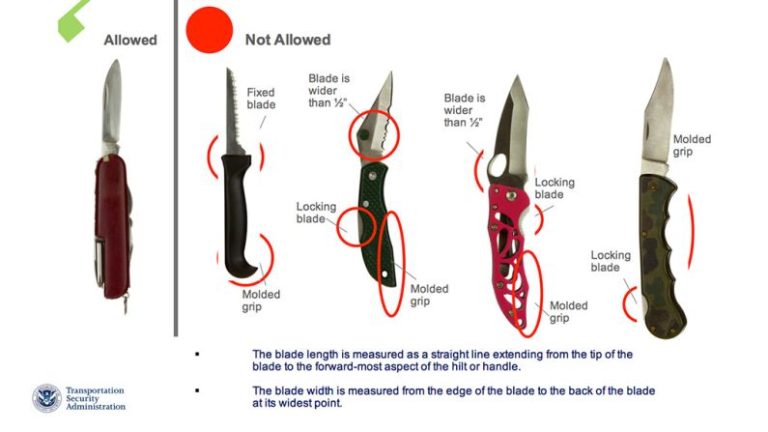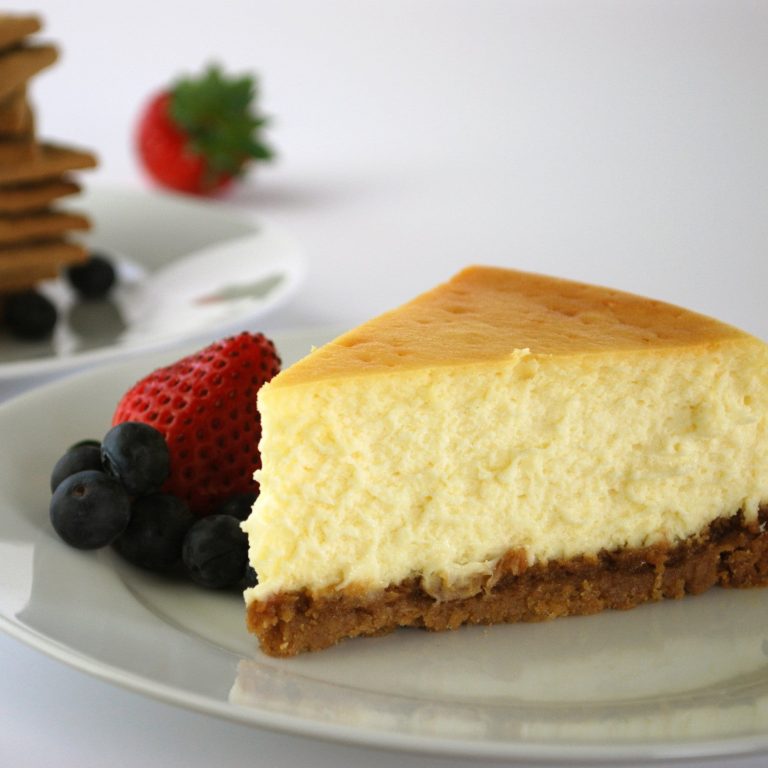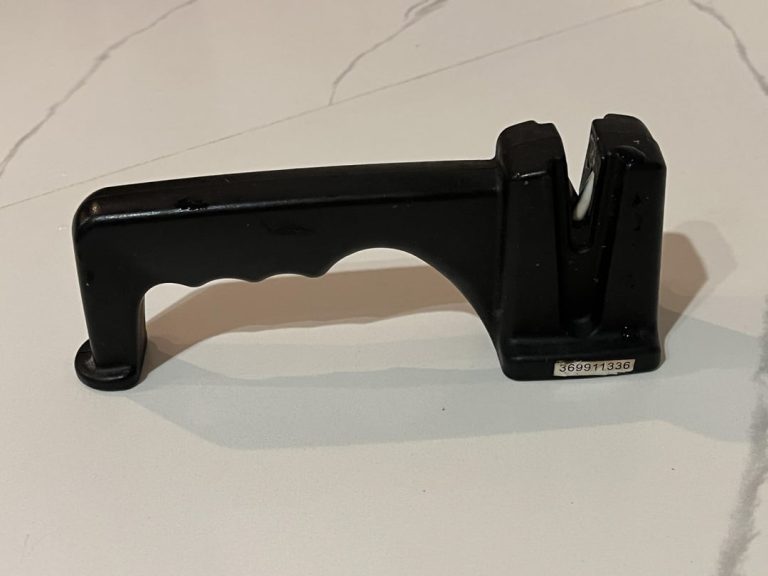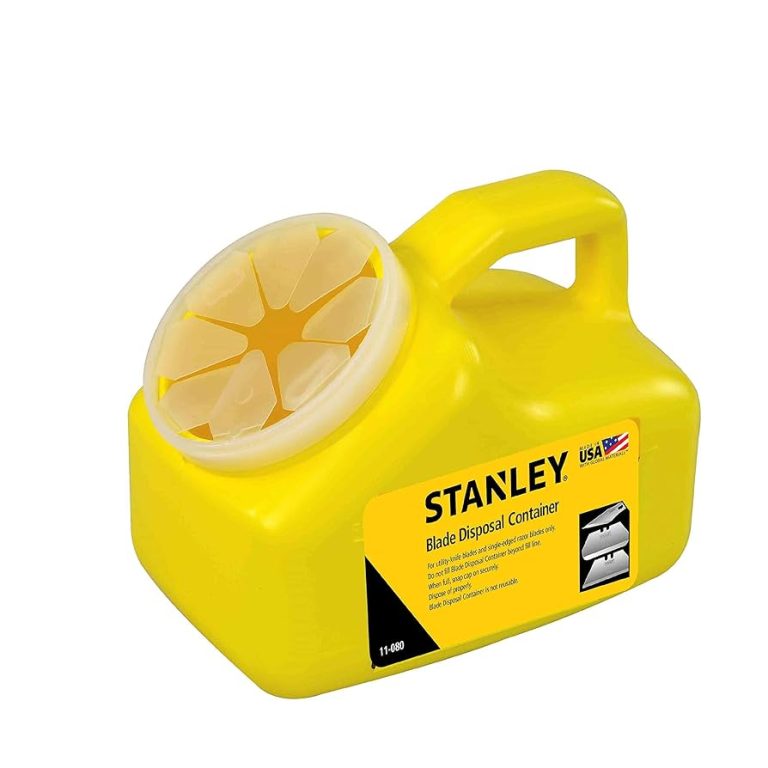How Do You Measure a Knife? Expert Tips for Perfect Accuracy
How do you measure a knife? You measure a knife by its blade length, taken from the tip of the blade to the beginning of the handle, not including the handle itself. Use a ruler or tape measure placed along the spine of the blade for accuracy. Most kitchen knives range from 6–12 inches.
You might think it’s simple, but there are key details that make a big difference. Keep reading, and you’ll discover the easy steps to get the precise measurements you need—so you can choose or compare knives like a pro.

Credit: www.youtube.com
How Do You Measure a Knife?
Key Knife Measurements
Measuring a knife is important to understand its size and use. Key knife measurements help to compare knives and choose the right one. These measurements include the blade length, handle length, and overall length.
Blade Length
The blade length is the distance from the tip to the part where the blade meets the handle. It shows how much cutting edge the knife has. Knowing blade length helps to pick a knife for specific tasks, like slicing or chopping.
Handle Length
The handle length measures the part you hold. It affects comfort and control while using the knife. A handle that fits well in your hand makes cutting safer and easier.
Overall Length
Overall length is the total size of the knife from tip to end of the handle. It helps to understand how large or small the knife is. This measurement is useful for storage and transport decisions.

Credit: dragonforgedstudios.com
Tools For Measuring Knives
Measuring a knife accurately requires the right tools. Each tool offers a different way to get exact measurements. Choosing the proper tool helps you understand the knife size better.
Here are some common tools used to measure knives. Each tool works well for specific parts of the knife.
Measuring Tape
Measuring tape is flexible and easy to use. It works well for measuring curved or long knives. You can wrap it around the blade or handle. This tool shows length in inches or centimeters. It is great for quick, rough measurements.
Calipers
Calipers give very precise measurements. They work well for small or detailed parts of the knife. You can measure blade thickness or handle width. Digital calipers show numbers clearly on a screen. They are perfect for exact, detailed measuring.
Ruler
A ruler is simple and commonly found. It measures straight edges like the blade length. Use a ruler for quick and easy measuring. It shows units in inches or centimeters. A ruler is best for flat, straight knife parts.
Step-by-step Measuring Process
Measuring a knife is simple when you follow clear steps. Each part of the knife needs its own measurement. This helps in choosing the right knife for your tasks. You will learn how to measure the blade and handle. Also, recording the size is important for future reference. Let’s start with the step-by-step measuring process.
Measuring The Blade
Place the knife on a flat surface. Use a ruler or tape measure. Start at the tip of the blade. Measure straight to where the blade meets the handle. This length is the blade size. Avoid measuring along the curve. Keep the ruler straight for an accurate measure.
Measuring The Handle
Next, measure the handle length. Start where the blade ends. Measure to the very end of the handle. Use the same ruler or tape measure. The handle size helps with grip and comfort. Make sure the knife is steady while measuring.
Recording Dimensions
Write down both measurements clearly. Note the blade length first, then the handle. Use inches or centimeters, whichever you prefer. Keep these notes for shopping or comparing knives. Accurate records make choosing easier later.
Common Measurement Mistakes
Measuring a knife may seem simple, but many people make common mistakes. These errors lead to wrong sizes and confusion. Understanding these mistakes helps you get accurate measurements every time.
Incorrect Starting Points
Many start measuring from the wrong spot on the knife. The correct place is the base of the blade, where it meets the handle. Starting anywhere else gives a false length. Always begin at the blade’s base for a true measurement.
Ignoring Blade Curves
Knives often have curved blades. Measuring straight across misses the real length. Follow the blade’s curve with your measuring tool. This method captures the full edge length accurately.
Using Inaccurate Tools
Using rulers or tape measures with worn markings causes errors. Cheap or flexible tools bend and give wrong numbers. Use a rigid, clear ruler or caliper for best results. Accurate tools ensure precise measurements.
Tips For Accurate Knife Measurement
Measuring a knife accurately helps you choose the right tool for your needs. It also ensures safety and efficiency during use. Follow these simple tips to get precise measurements every time. Accuracy matters most when comparing different knives or buying online.
Consistent Measuring Technique
Use the same method each time you measure your knife. Measure from the tip of the blade to where the blade meets the handle. Avoid measuring the handle or full length unless specified. Keep the knife steady on a flat surface for best results.
Double-checking Results
Measure the knife twice to confirm your result. Check the blade length from different angles. This reduces errors caused by angle or placement. Small mistakes can affect your choice or use of the knife.
Maintaining Measuring Tools
Keep your ruler or tape measure clean and straight. Bent or dirty tools give wrong numbers. Store measuring tools in a dry place to avoid damage. Accurate tools make measuring simple and reliable.

Credit: www.amazon.com
Frequently Asked Questions
How Do You Measure The Blade Length Of A Knife?
Measure from the tip of the blade to where it meets the handle. This gives the blade length.
What Is The Best Tool To Measure A Knife Accurately?
A ruler or measuring tape works best for exact knife measurements. Use a flat surface for accuracy.
Why Is Measuring A Knife Important Before Buying?
Knowing the size helps choose the right knife for tasks and comfort. It also ensures safety.
Conclusion
Measuring a knife is simple once you know the steps. Always measure the blade from tip to where it meets the handle. Don’t forget to check the overall length for full size. Use a ruler or tape measure for accuracy.
Knowing the size helps you pick the right knife for tasks. Keep your measurements handy when shopping or comparing knives. This skill makes cooking and cutting safer and easier. Try measuring your knives today and see the difference.
Read More
- Can You Carry a Pocket Knife in California? Essential Legal Facts
- Best Thumb Stud Knife Accessories for Easy Repair and Customization
- Best Metal for Knife Making: Top High Carbon Steel Blanks Reviewed
- Best Edc Flipper Knives for Everyday Carry and Outdoor Adventures
- Best Brisket Trimming Knife for Precision Cuts and Ultimate Durability
- Best Steel to Make Knives: Top Choices for DIY Knife Making Kits

